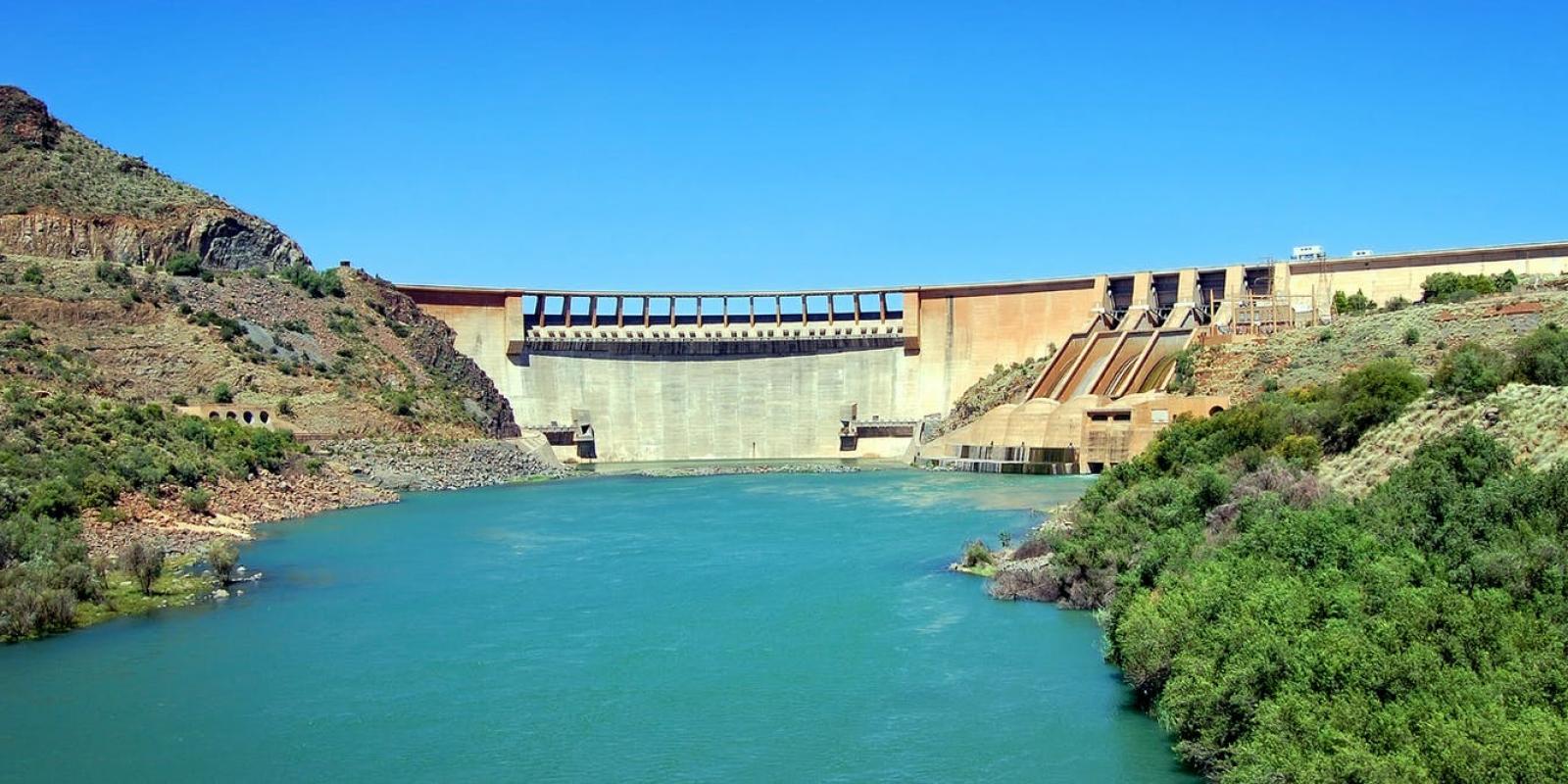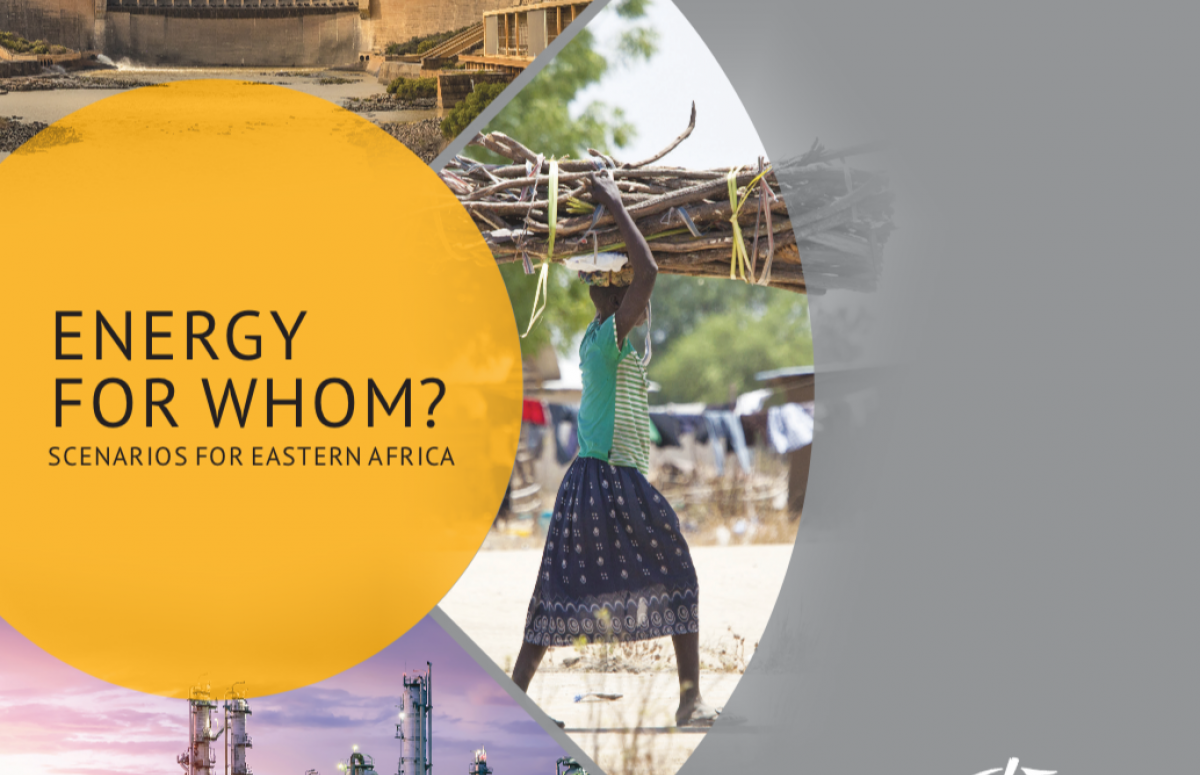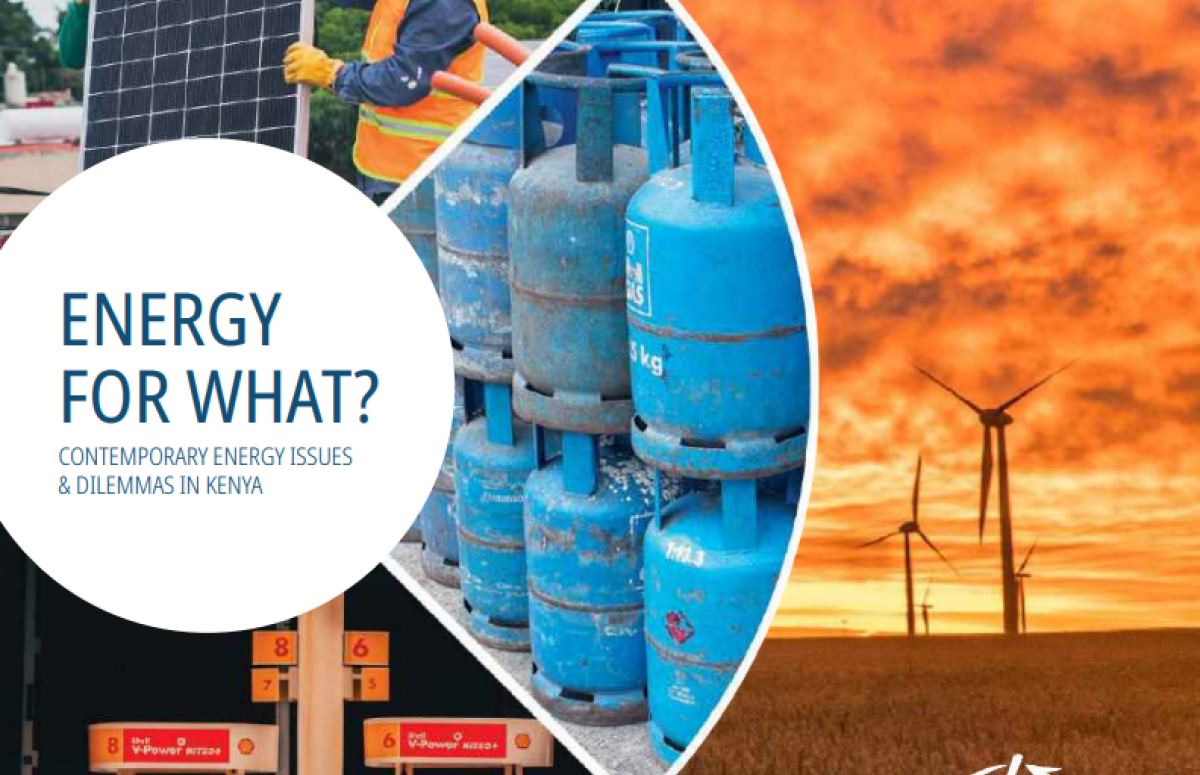About the Project
Sustainable energy is vital for the achievement of the Sustainable Development Goals, but as long as access to sustainable and affordable energy remains the order of the day, the region will persist in underdevelopment, leaving millions of East Africans languishing in poverty and unhealthy livelihoods.
The Eastern Africa Power Pool and its ambitious mandate, if effectively implemented can be the illustration of an achievable energy future through the pulling together of the region’s electricity and distribution of access to energy deficient areas as a result of an integrated Eastern Africa. Consequently, energy is not only a priority resource but has an impact on all aspects of life.
The Sustainable Energy Futures (SEF) Project (previously named Energy Scenarios for Eastern Africa Project) was launched in November 2016, and it seeks to shape possible future scenarios for energy and how these will affect energy poverty rates in Ethiopia, Kenya, Tanzania and Uganda. Following the launch of the publication Energy for Whom? Scenarios for Eastern Africa in November 2018, the SEF project has convened various energy futures forums and workshops across the region. Recently created is the Energy Reference Group (ERG) in Kenya, which brings together key experts and stakeholders to test existing and future energy policies and investments using Energy for Whom? Scenarios for Eastern Africa as a tool.
The results of the SEF Project has and will continue to challenge the conventional wisdom that positive social and economic development can be expected soon after the grid is expanded. Even though national power grids are expanding, the quality of power that is on offer still leaves much to be desired. Frequent brownouts and blackouts mean that the national grid cannot be solely relied upon. Furthermore, and perhaps more importantly, the cost of energy from the grid is still priced beyond the reach of many East Africans. This makes a mockery of the fanfare that has accompanied the electrification programmes and ignores an emerging reality of smaller micro- and mini-grids that are providing affordable power to local communities. Relying mostly on renewable sources for energy generation, they offer an alternative paradigm to the large power-generation projects that are being pushed by the governments.
SID launched 'Energy for Whom? Scenarios for Eastern Africa' on 14th September 2018, in Nairobi (Kenya). The report provides tools to stimulate conversation about the choices our societies face today and anticipate possible future events in order to better respond to them. They can be used by any individual or organisation to test their own plans and choices.
Kenya’s Compendium of Energy explores the details of today’s energy challenges in one country, using statistical graphs, diagrams and photographs as illustrations.



